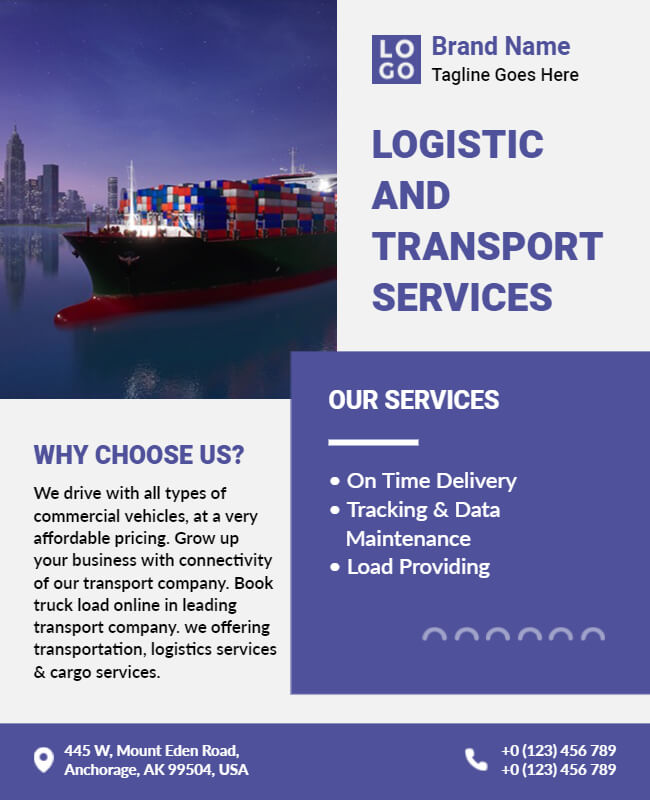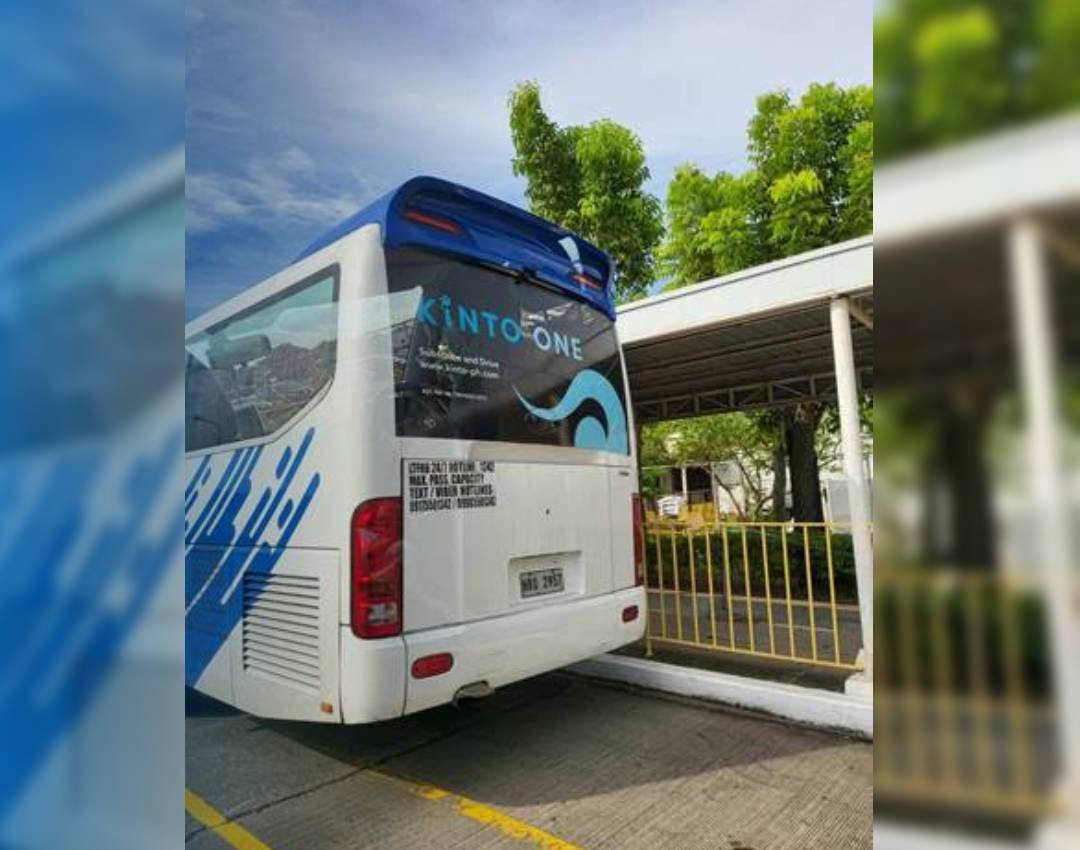A Detailed Assessment of the Strategies and Techniques for Successful Transit Advertising And Marketing Campaigns
Transportation marketing campaign use an unique opportunity for brands to engage with diverse audiences in dynamic settings. To accomplish success, it is essential to understand the nuances of target demographics, apply innovative layout methods, and choose optimal placement places. Furthermore, the effectiveness of these projects can be substantially improved by very closely checking performance metrics and adjusting methods appropriately. As we discover these vital components, it ends up being clear that the course to an impactful transit marketing technique is both satisfying and detailed, raising the inquiry of just how best to navigate these complexities for maximum brand presence.
Understanding Target Demographics
Understanding target demographics is critical for the success of transportation ad campaign (Transit Advertising Philippines). Identifying details target market segments makes it possible for marketers to customize their messages efficiently, making certain that the content reverberates with the designated viewers. This method boosts engagement and maximizes roi
To successfully evaluate target demographics, marketing experts should think about several essential elements, consisting of age, income degree, lifestyle, and occupation choices. As an example, a campaign targeted at young experts may concentrate on convenience and modernity, while one targeting households may highlight security and reliability. In addition, geographical variables such as metropolitan versus country setups can considerably influence customer habits and choices.
Information collection techniques such as surveys, focus groups, and social media analytics provide valuable understandings into market patterns and customer practices. By leveraging this information, marketers can craft engaging narratives that line up with the values and requirements of their target audience.
Ultimately, comprehending target demographics not just informs the calculated instructions of transportation ad campaign but likewise makes certain that resources are assigned effectively. This targeted technique raises the likelihood of attaining campaign goals, cultivating brand name commitment, and driving conversions.
Innovative Design Methods
Effective interaction with target demographics counts heavily on cutting-edge imaginative layout methods in transit advertising projects. To efficiently catch interest in a crowded visual atmosphere, designers have to focus on quality and visual influence. Making use of vibrant shades and high-contrast components can improve presence, making sure that messages are easily understandable from a distance.
Incorporating dynamic imagery that reverberates with the target audience is vital. Aesthetic narration strategies can stimulate emotions and develop unforgettable organizations with the brand name. In addition, tactical usage of typography assists communicate important info promptly; readable fonts and appropriate dimensions additionally enhance readability.
Including interactive aspects, such as QR codes or enhanced reality features, can involve travelers past passive observation (Transit Advertising Philippines). These methods not only promote customer interaction yet also link the void in between conventional marketing and electronic engagement
Additionally, making use of area artistically-- whether on bus covers, transportation shelters, or subway ads-- can result in cutting-edge formats that break the mold of standard advertising. By welcoming imaginative creative thinking while keeping brand name consistency, campaigns can foster a solid link with their audience, inevitably driving both recognition and action. The assimilation of these style strategies is vital for attaining effective transit advertising outcomes.
Strategic Placement Approaches
Maximizing the influence of transportation advertising and marketing rests on tactical positioning methods that make sure optimal presence and engagement. Reliable positioning involves comprehending and analyzing high-traffic areas guest demographics to identify the most advantageous places for advertisement displays. For example, positioning advertisements near entries and departures of transportation lorries can catch the focus of boarding and touching down guests, hence boosting direct exposure.
Furthermore, using both exterior and interior surface areas More Help of transit cars can substantially widen reach. Exterior advertisements, noticeable during commutes, engage pedestrians and other vehicle drivers, while interior advertisements target travelers in a restricted setting. In addition, placing advertisements en route centers, such as bus terminals or train terminals, permits for raised perceptions as travelers shift in between different settings of transportation.
Timing is likewise crucial; straightening the project launch with peak traveling periods maximizes audience interaction - Transit Advertising Philippines. Moreover, leveraging digital screens in transit settings can help with vibrant content, providing real-time updates and enhancing individual communication. By using these tactical positioning methods, marketing experts can make certain that their transit marketing campaign you could try here accomplish maximum exposure, reverberate with the target audience, and ultimately drive desired results

Determining Project Efficiency
To evaluate the success of transportation marketing projects, it is vital to use a range of measurement methods that provide understandings into target market interaction and general performance. One key approach is the usage of crucial efficiency indications (KPIs), such as reach, impressions, and engagement rates, which measure how several individuals viewed the ad and engaged with it.
Studies and emphasis teams can also contribute in gauging customer perceptions and recall, permitting marketing professionals to recognize the effect of their messaging. Furthermore, tracking site web traffic and social media involvement throughout and after the project helps determine direct responses to the advertising and marketing.
An additional efficient method is utilizing location-based analytics, which can offer information on foot website traffic around particular transit places, using insights into whether the project successfully recorded the focus of commuters. In addition, evaluating sales data can disclose correlations in between transit advertising and boosted revenue, offering tangible proof of a campaign's performance.
Instance Research Studies of Success
Understanding the performance of transit advertising and marketing projects with dimension techniques lays the foundation for taking a look at real-world examples that show effective end results. By utilizing geo-targeted digital ads and analytics, the brand measured a 30% boost in sales in areas where the wraps were prominently shown, showing the straight effect of transit marketing.
Another engaging example comes from a regional nonprofit company that released a project on train systems to advertise an area event. The usage of straight engagement via modern technology intensified the campaign's reach and effectiveness.

Conclusion
In recap, effective transportation advertising and marketing projects demand an extensive technique that incorporates an understanding of target demographics, cutting-edge style strategies, and calculated positioning. Collectively, these approaches foster brand presence and take full advantage of the return on investment in transit advertising campaigns.
Understanding target demographics is vital for the success of transit marketing campaigns.Reliable interaction with target demographics depends greatly on innovative creative style strategies in transportation advertising and marketing campaigns. By utilizing these calculated positioning techniques, online click over here marketers can ensure that their transportation marketing campaigns attain optimal visibility, resonate with the target audience, and ultimately drive wanted results.
Recognizing the performance of transportation marketing projects with dimension strategies lays the groundwork for analyzing real-world examples that show effective end results.In recap, effective transit marketing campaigns necessitate a comprehensive method that incorporates an understanding of target demographics, ingenious layout strategies, and critical placement.